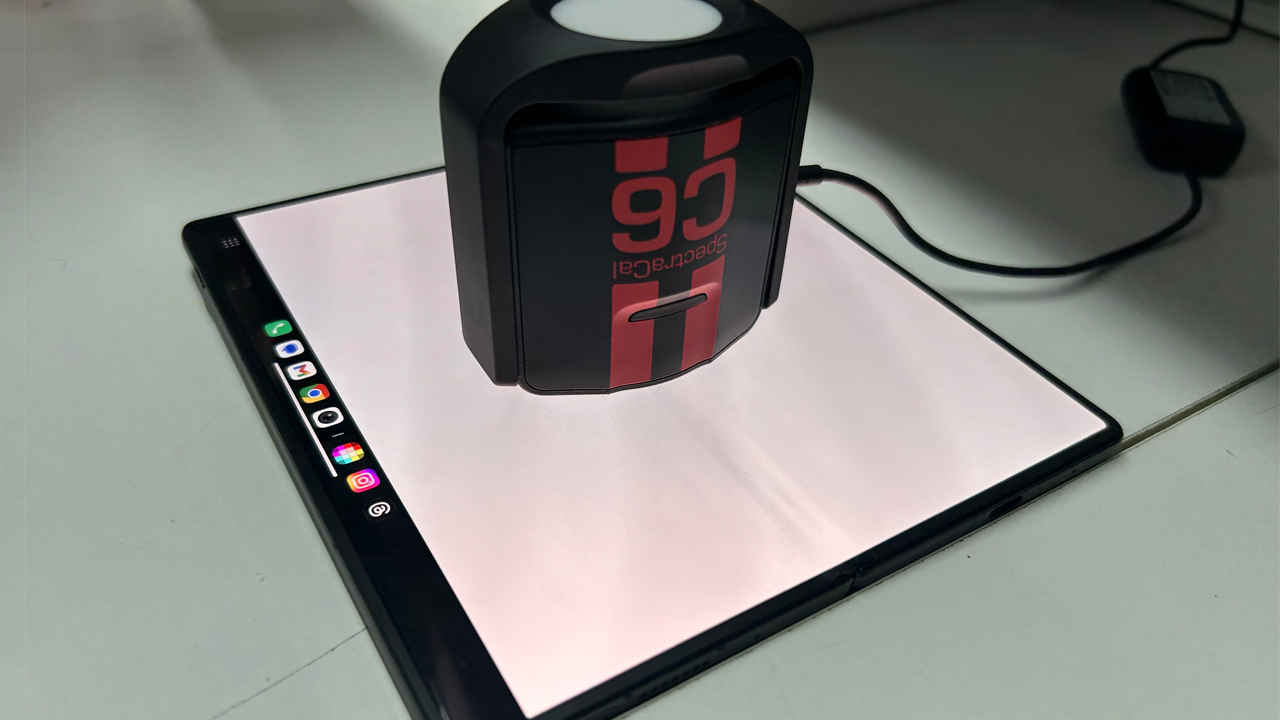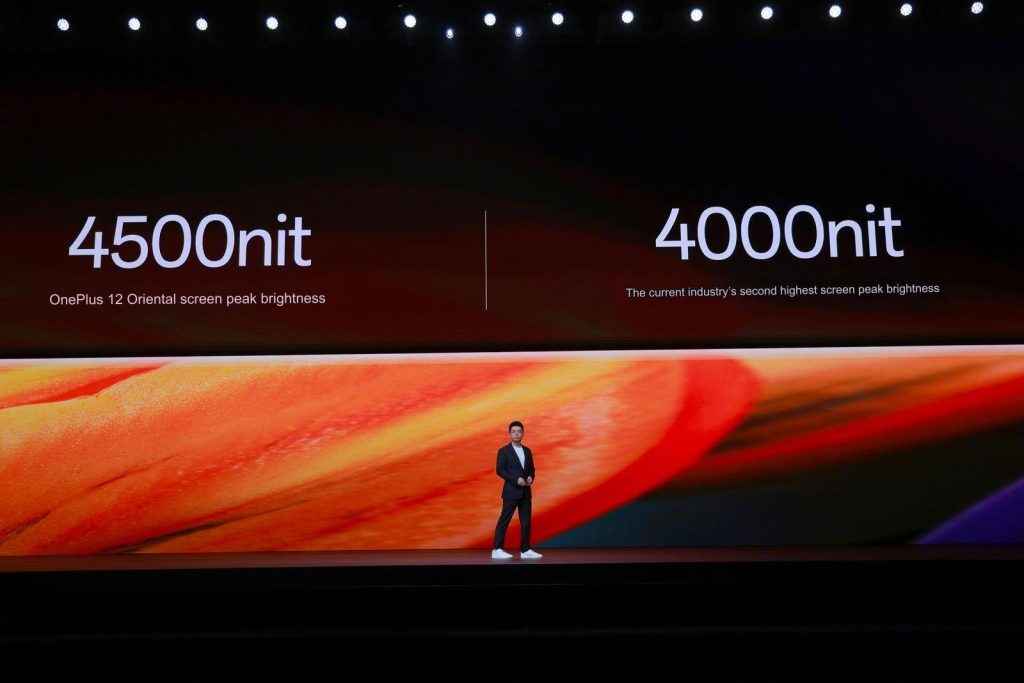Brightness ratings for smartphones explained: HBM, Peak Brightness, HDR Brightness and more

It’s not unusual for brands to brag about specs that hold little relevance for consumers. When it comes to peak brightness claims on displays, things are now spiralling to a whole new level of absurdity. Manufacturers are listing two to three different peak brightness ratings, such as HBM, Peak Brightness HDR, Maximum Brightness Typical, and more for smartphone screens, many of which are rarely achievable in practical use case scenarios. Here, we will address the confusion and discuss what matters and what doesn’t.
 Survey
SurveyBrightness vs Luminance: What’s the difference?
Brightness and luminance are related but different concepts when talking about displays. Brightness is how bright an image looks to your eyes, which can also vary based on the lighting around you.
Luminance, on the other hand, is a precise measurement of the amount of light a display emits per unit area, usually in units like candelas per square meter or nits. So, brightness is more about how bright something seems, while luminance is about the actual amount of light the display gives off.
For example, a display with high luminance might not look brighter if the content on the screen is mostly dark.
Manufacturers typically use ‘Brightness’ while talking about display capabilities because it’s a more universally understood term. In this article, we will use ‘Brightness’ and ‘Luminance’ interchangeably to keep it simple for readers.
Also Read: Dolby Vision vs Dolby Vision IQ vs HDR10: Here’s everything that you should know!
Why are smartphone manufacturers advertising crazy high brightness stats?
The concepts of brightness and dimming on LCD displays, which depend on a backlight for luminance, are simple and straightforward. However, most new and upcoming smartphones use OLED displays with individually powered pixels that make the management of brightness for OLEDs a more complex affair.
Power consumption in AMOLED screens depends heavily on the content displayed, with higher power usage for white images and less for darker ones. This is why, when measuring the luminance of an OLED display, a concept called Average Picture Level (APL) comes into play.
Also Read: What are wide colour gamuts like DCI-P3 and why can they be misleading?
Average Picture Level (APL) refers to the average luminance of an image or video frame. It is the percentage of the display that is currently lit compared to a full white screen where all pixels are lit.
Smartphone displays have a maximum power limit. This means OLED displays can allocate more power per pixel with a lower APL. So, if your OLED screen is completely black with a 1% white window, this tiny spot can output more light (or higher luminance).
This is how OEMs can claim extreme brightness numbers like 4000 nits and 6000 nits. These luminance levels are measured on small windows measuring 1% to 5% and cannot be achieved on a full-field or 100% white screen. Of course, the window size on which these measurements are taken is often not specified.
To put these numbers in perspective, most real-world applications can easily reach an 80% or higher APL (Light Mode), making those extreme brightness stats measured on tiny windows less relevant in practical scenarios. At the same time, most OLED displays on modern smartphones support HDR, where higher brightness at low APL can be beneficial for reproducing more impactful highlights in certain sequences.
Also Read: What are MicroLED displays? How are they better than OLED or mini LED displays?
Different Brightness Ratings that you will run into
It’s becoming standard practice for OEMs to mention multiple brightness ratings. Let’s detail some of the popular ones.
Maximum Brightness (Typical)
Maximum Brightness refers to the highest level of luminance your smartphone display can achieve when the brightness slider is set to its maximum position (usually with auto-brightness disabled). It is also often termed as Manual Brightness.
This brightness number is often the lowest among the claimed stats and most Android OEMs don’t choose not to mention it on their spec sheet.
High Brightness Mode (HBM)
High Brightness Mode (HBM) refers to the maximum brightness your phone can achieve when outdoors under direct sunlight. This mode is typically activated only when auto-brightness control is enabled. During HBM, the display operates beyond its standard limits, and therefore, these elevated luminance levels can only be sustained for a short duration.
Apple refers to this as Peek Brightness (Outdoor) while some other OEMs refer to it as Peak Brightness (global) or simply as Peak Brightness.
Also Read: Best Mini LED TVs to buy in India
Peak Brightness (local)

Peak Brightness (Local) is not a very useful statistic since these luminance levels are rarely achievable in practical scenarios. This brightness is measured at an extremely low Average Pixel Level (APL), with less than 5% of the screen turned on.
This is the highest brightness figure manufacturers can advertise, and it is often referred to simply as Peak Brightness by many brands such as OnePlus and Realme.
Peak Brightness (HDR)
This denotes the maximum luminance level that a display can achieve when showing HDR content. Again, it is a bit ambiguous since manufacturers don’t always specify on what APL the luminance was achieved. Pixel for instance says that 1600 Nits of Peak HDR Brightness for Pixel 8 Pro is measured at a “100% on-pixel ratio” or a 100% window size.
While playing HDR content, maximum brightness is used for showing details in highlights and often needs to be sustained for a very short time, and so the display can be pushed to get brighter.
Also, different brands have different approaches to how users can adjust brightness while viewing HDR (High Dynamic Range) content on their devices.
SDR Brightness
Although not widely emphasized, SDR brightness is a straightforward metric that denotes the maximum brightness a display can achieve with a full SDR white screen (all pixels lit). Apple has specified an SDR brightness of 1,000 nits for its new iPad Pro, which should be beneficial for content creators considering it to get an idea of the display’s capabilities.
Also Read: QNED vs QLED vs OLED TVs: What’s the difference?
How we test brightness in Digit test labs?
Since everyone is playing by different rules, it makes sense to measure peak brightness on a 100% white window with the brightness slider set to maximum. This way, we can ensure an objective comparison across devices. We also measure HBM brightness on a 100% white window to check how close the displays come to manufacturer claims.
We also check for how brightness adjustments are managed. For example, some phones achieve higher luminance in manual mode, while others do so with auto-brightness enabled. We also keep an eye out for any abrupt transitions in luminance while moving the slider or while playing HDR content.
Deepak Singh
Deepak is Editor at Digit. He is passionate about technology and has been keeping an eye on emerging technology trends for nearly a decade. When he is not working, he likes to read and to spend quality time with his family. View Full Profile